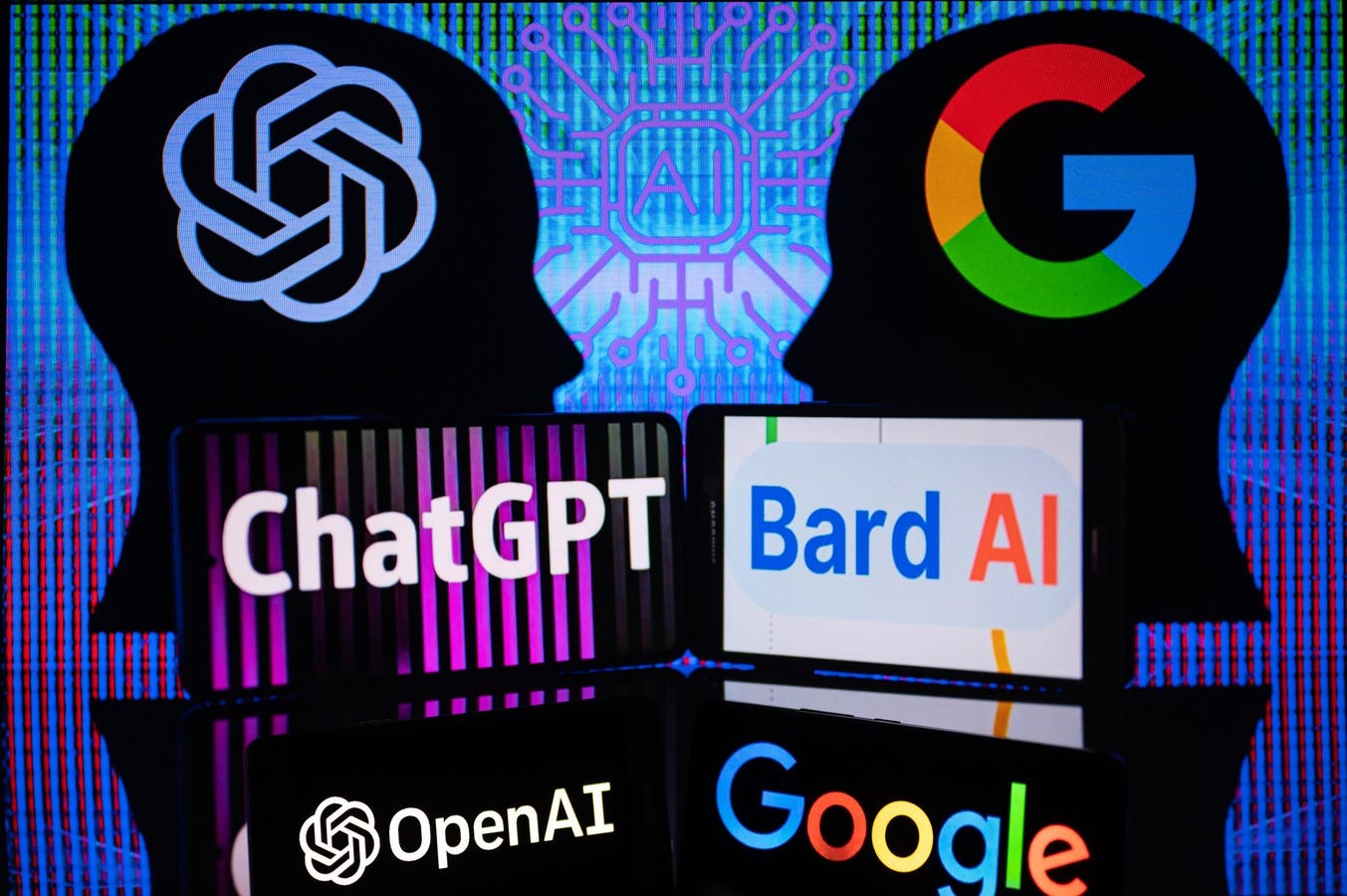Navigating the post-pandemic job market is really tough, and it doesn’t help that there’s a ton of misinformation swirling on LinkedIn and TikTok. A whole new cottage industry has sprung up, with folks peddling courses to help you “beat the ATS” and not get ghosted by recruiters. Though there have always been asymmetries in the talent market, the last few years have seen a culmination of factors that have created a perfect storm:
The macro-economic environment means there are more people looking for jobs, and because corporate layoffs disproportionately impacted Talent Acquisition teams, there are fewer recruiters to handle the increased volume of applicants. The significant advances in consumer-facing technology (eg Bard, ChatGPT etc) exacerbate this imbalance further. Applicants are now able to ‘turbo-charge’ the number of jobs they’re able to apply to, the net effect being that in some cases inbound application volume has increased 100x.
The desire for remote work creates a further imbalance: LinkedIn data shows that after a steady increase throughout the pandemic, the volume of remote jobs has settled at 14%. These remote roles attract 51% of the total volume of applications across the whole of the platform. Put another way, more than half of all applications submitted on LinkedIn are going to less than a fifth of available roles. For in-person roles it’s the reverse: Bureau of Labor statistics show that there are two open jobs for every one worker. So, broadly speaking, if you’re applying for remote jobs you face 8x the competition than you would if you were applying for an in-person role.
The Impact On The Talent Market
So while there’s always been a signal:noise issue in the talent market, it is worse now than it has ever been before, because the asymmetries have scaled. For as long as I’ve been recruiting, in every geography, in every part of the organization, we typically expect to see a 25/75 split in our applicant pool. No matter how well written, or how specific a job description is, only 25% of applicants for any given role will actually meet the minimum requirements for that job. Pre-pandemic we would expect to see roughly 100 applicants for every open role, and part of the recruiters’ job is to sift through those resumes to find the 25 that ‘on paper’ are qualified. After speaking with as many of those qualified applicants as the recruiter can get ahold of, they’re able to form their shortlist of 5-10 candidates for Hiring Manager review.
Post-pandemic those ratios hold, but the numbers have gotten exponentially larger. Recruiters are now faced with many hundreds of applicants to sift through, though now it’s trying to find the 250 most qualified amongst the 1,000 applicants that could have come in (especially if the job is advertised as remote). So the awful truth is, in many instances, your application might never get seen.
The Role Of The ATS
Most Talent Acquisition teams rely on an Applicant Tracking System (ATS) to help manage and store applications. There are many players in this space and a few larger providers with names that will be familiar to anyone who’s applied for a job recently (eg Taleo, Workday
WDAY
The ATS acts as a digital filing cabinet and recruiters are typically presented with a list view for every role they’re working on. The list typically shows first name, last name, current role, current company. From there they will click in to your resume, and based on that either hit reject, or move you to the next stage of the process. When you don’t hear anything at all it’s simply because no one has looked at your resume. When you get the auto-reject email it is because a human being has made the determination that you’re not as qualified as other folks in the competitive set for the role you’ve applied to.
What This Means For Your Job Search
Although there is no doubt that the whole industry is ripe for disruption, it hasn’t happened yet. AI will have a role to play, but its first applications will be in the parts of the enterprise that touch the customer or generate revenue. HR/Recruiting is a cost center, and as such we’re always last in line for investment. I give it 2-3 years before even the most forward-thinking employers are using AI to enhance the hiring experience.
Until then the best thing you can do is improve the signal:noise ratio in your favor. Typically 33% of roles are filled via employee referral, and most organizations have a fast-track process for these applications (because on average a referred hire is more likely to accept an offered role, more likely to perform well, and more likely to have tenure). So wherever possible leverage your network to augment your application with a referral from someone that’s already working at the company you’re applying to.
There’s no question the AI revolution is coming, and I firmly believe it will only enhance the hiring process (let’s be honest, it can’t get much worse)! Until then, your best bet is to ensure that your application gets in front of the human eyes (of the recruiter and/or hiring manager) that are making the decision.
Read the full article here





